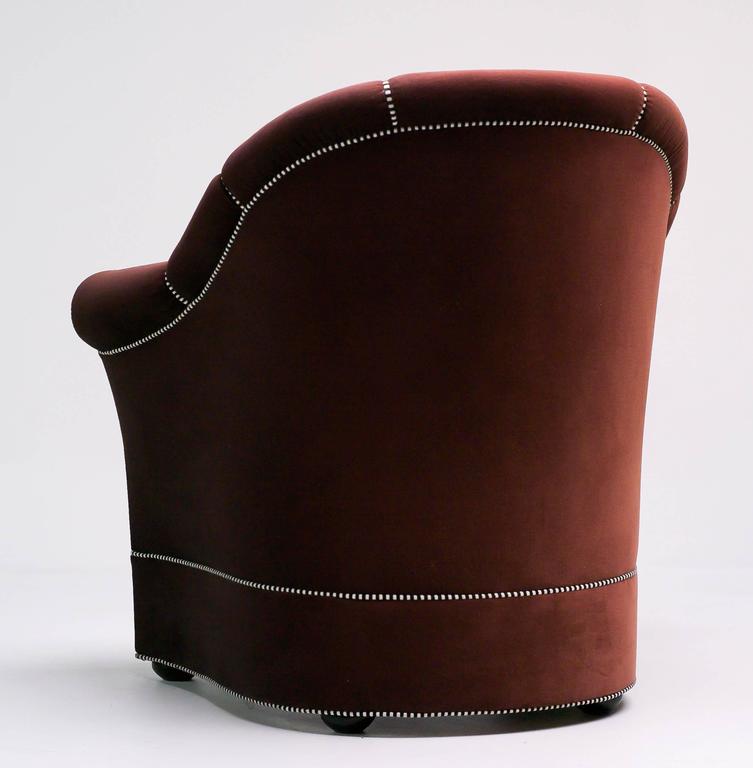

In 1903, Hoffmann, along with artist Koloman Moser, founded a collaborative enterprise of artists and designers to provide artistic goods, from architecture to postcards: the Wiener Werkstätte (“Vienna Workshops”). Within a new, modern building designed by Joseph Maria Olbrich, the Secession’s efforts provided a polarizing counterpoint to the established academic approach favored by Vienna’s Fine Arts Academy. In 1897, artist Gustav Klimt and architect Josef Hoffmann, among others, founded the Vienna Secession to provide an alternative vehicle for progressive artists to exhibit their work.

These creative tensions were abundantly evident in Vienna, which by the first decade of the 20th century had become widely recognized as one of the leading centers of progressive artistic and cultural development. These multiple tensions between old and new provided for both unprecedented conflict and creativity at the turn of the 20th century. As the world was being transformed by technology, urban living, and societal changes, artists and designers sought new approaches to reflect or, alternately, offer a retreat from this rapidly changing, modern world. While their stylistic elements differed, one common theme that persisted in all, as well as throughout progressive design theory of much of the 19th century, was the use of stylized natural forms as ornament in a rejection of Greco-Roman classicism. In the 1890s, progressive European design was defined by concurrent developments of new artistic trends including what was dubbed Art Nouveau (New Art) in France and Belgium, Stile Floreal (Floral Style) in Italy, and Jugendstil (Youth Style) in Germany and Austria.


 0 kommentar(er)
0 kommentar(er)
